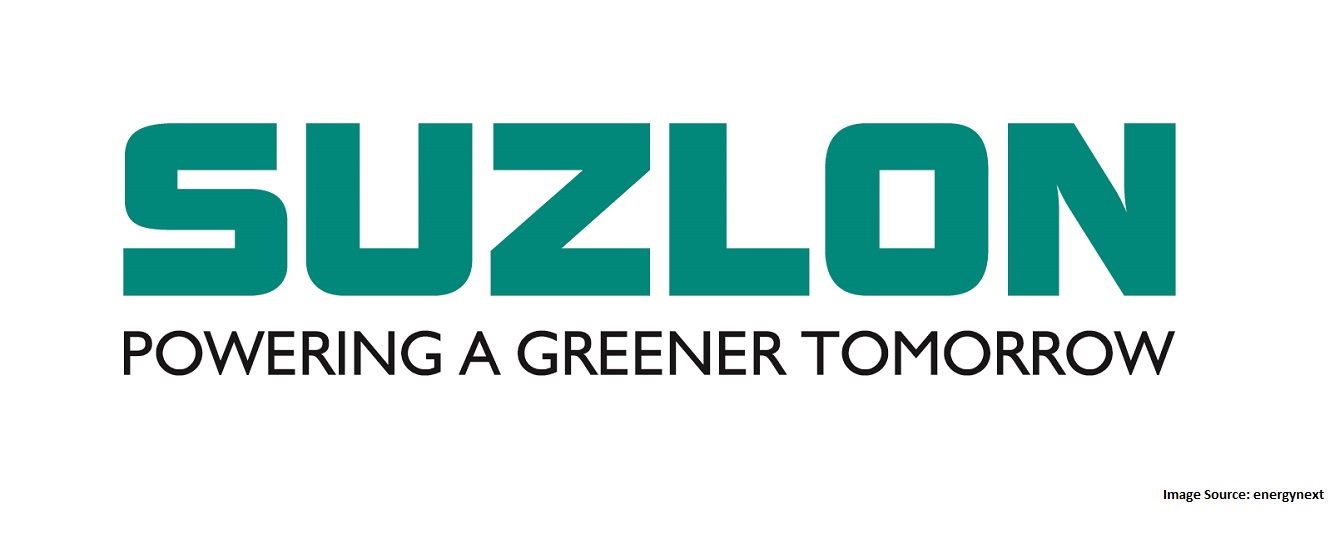Suzlon Energy Ltd signs the binding agreement with a US-based private equity firm, Centerbridge Partners LP for 100% sale of the stake in its wholly owned subsidiary i.e.Senvion SE which Suzlon Energy Ltd acquired REpower for euro 1.4 billion and renamed it Senvion in 2013. This development is in line with the strategic initiative to strengthen the company’s balance sheet. The proceeds of the sale would be used for debt repayment thereby reducing interest cost and augment business growth.
The Deal :
The deal is valued at EUR 1 billion (approx. Rs 7,200 crore) equity value in all-cash transaction and future earn-out of up to an additional EUR 50 million (approx. Rs 360 crore). Senvion will give licence to Suzlon for off-shore technology for the Indian market. Suzlon will give Senvion the S111-2.1 MW license for the US market. Sale proceeds will be utilised towards debt reduction and business growth in the home market and high growth key markets like the US and emerging markets like China, Brazil, South Africa, Turkey, and Mexico.
About Companies :
Senvion SE
Senvion SE, a wholly owned subsidiary of the Suzlon Group, is one of the world’s leading manufacturers of onshore and offshore wind turbines. The international mechanical engineering company develops, produces and markets wind turbines for almost any location – with rated outputs of 1.8 MW to 6.15 MW and rotor diameters of 82 metres to 152 metres. Furthermore, the company offers its customers project specific solutions in the areas of turnkey, service and maintenance, transport and installation, as well as foundation planning and construction. The profitable and reliable systems are designed at the Senvion TechCenter in Osterrönfeld and manufactured at its plants in Husum (North Friesland), Trampe (Brandenburg) and Bremerhaven, as well as in Portugal, Canada, and India. With more than 3,400 employees worldwide, the company – headquartered in Hamburg – makes use of the experience gained from the manufacturing and installation of more than 5,800 wind turbines around the world. Senvion is represented by distribution partners, subsidiaries and participations in European markets such as France, Belgium, the Netherlands, the UK, Italy, Portugal, Sweden, and Poland as well as on a global level in the US, China, Australia and Canada.
Suzlon:
The Suzlon Group is ranked as the world’s fifth largest wind turbine manufacturer, in terms of annual installed capacity and market share in 2013. The company’s global spread extends across Asia, Australia, Europe, Africa and North and South America with over 25,000 MW of wind energy capacity installed, operations across over 31 countries and a workforce of over 10,000. The group offers one of the most comprehensive product portfolios – ranging from sub-megawatt onshore turbines at 600 Kilowatts (KW), to the world’s largest commercially-available offshore turbine at 6.15 MW – with a vertically integrated, low-cost manufacturing base. It is the world’s largest wind turbine maker.
Centerbridge Partners LP
Centerbridge Partners, L.P. was founded in 2005 as a private investment firm with offices in New York and London. The firm focuses on private equity & credit investments. The firm is specialised in leveraged buyouts, credit investing, and distressed debt securities opportunities. The firm makes investments in corporate partnerships and build-ups. The firm seeks to invest in various sectors including restaurants. It typically invests in companies based in Europe and North America with a focus on the United States.
Financial Analysis:
The sale of the German firm will reduce substantial business of Suzlon, as Suzlon had reported revenue from operations of Rs 20,212 crore for 2013-14 with a net loss of Rs 3,548 crore. But its standalone revenue from operations was Rs 3,036 crore, and loss of Rs 924 crore. Senvion is contributing 68% to the revenue of Suzlon. Substantial reduction in the revenue and major impact on the bottom line in the short-term will be mainly because of reduced finance cost.
The Senvion SE was acquired in 2007 at €1.4 billion and now Suzlon is selling the same at 40% discount.
Suzlon continues to make losses due to the huge interest overhang. Suzlon has a debt of over Rs 16,000 crore and is looking to retire as much as Rs 4,000 crore of debt by March 2015. Its finance cost was eating into its PBT, even as demand for its products declined. The company will repay loans from the proceeds of sale this will reduce interest cost and overall debt will get reduced and that will help them to focus on growth more.
Suzlon will use Senvion’s offshore technology by paying a license fee for the Indian market. The stake sale of Senvion is in line with Suzlon’s strategy to reduce the debt and focus on the home market and high growth markets like the US and emerging markets like China, Brazil, South Africa, Turkey, and Mexico.
Wind power in India
The development of wind power in India began in the 1990s and has significantly increased in the last few years. Although a relative newcomer to the wind industry compared with Denmark or the United States, India has the largest installed wind power capacity in the world. In 2009-10 India’s growth rate was highest among the other top four countries.
The short gestation periods for installing wind turbines and the increasing reliability and performance of wind energy machines has made the wind power a favoured choice for capacity addition in India
Suzlon, in the past decade, and by 2006 had captured almost 7.7 percent of market share in global wind turbine sales. Suzlon is currently the leading manufacturer of wind turbines for the Indian market, holding some 43 percent of market share in India. Suzlon’s success has made India the developing country leader in advanced wind turbine technology.
Conclusion:
Exit after 7 years at 40% discount of acquisition cost proves that the visionless acquisition destroyed substantial value for the company. Yet considering the meagre return on capital employed much lower than even interest cost is, exit even at the loss was probably the only solution available to the company. Post exit, it needs to concentrate on improving contribution substantially by getting more orders with higher margins from the US. Next few years are very crucial for the company to prove itself and turnaround the operations and be able to service to all stakeholders.




